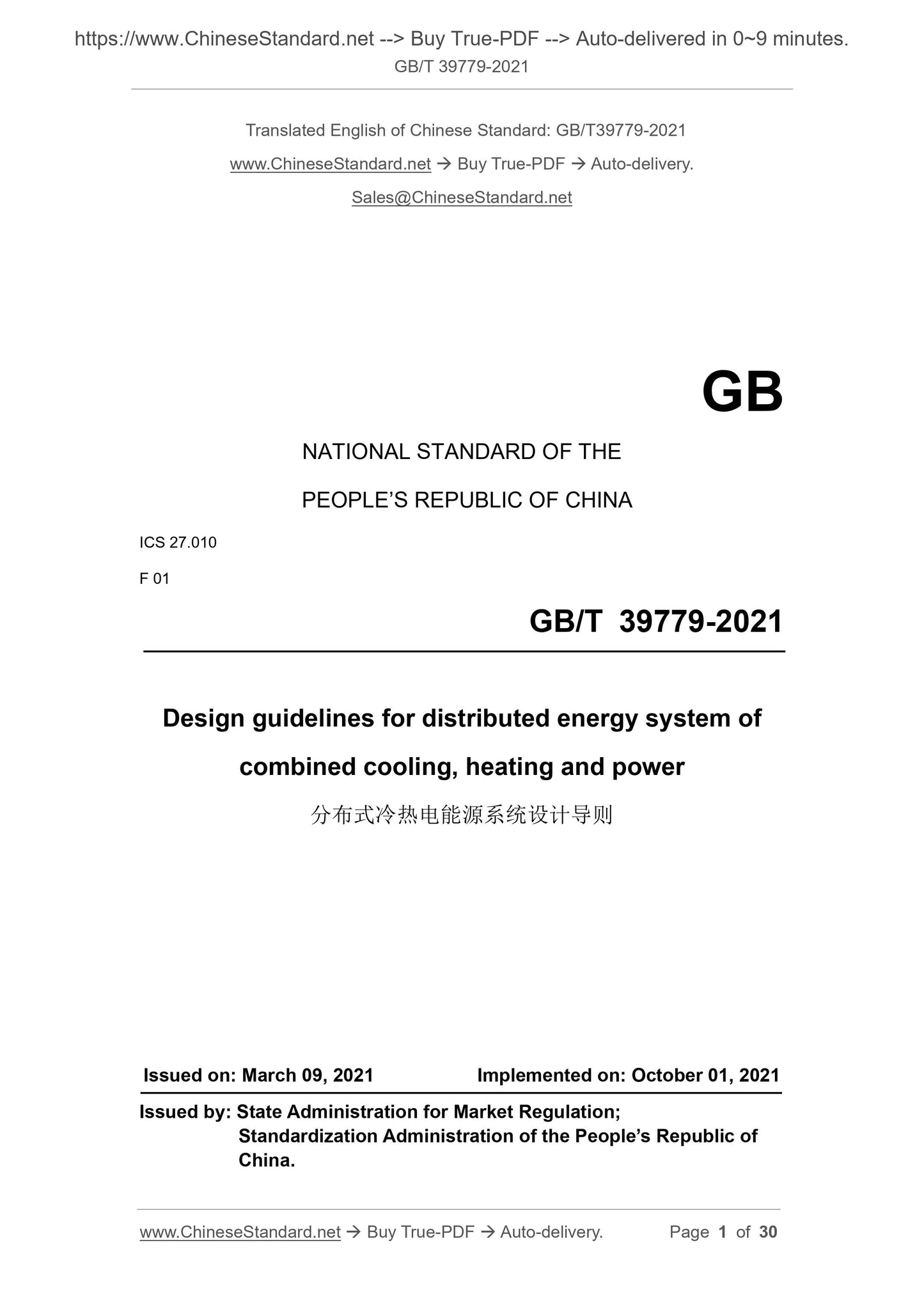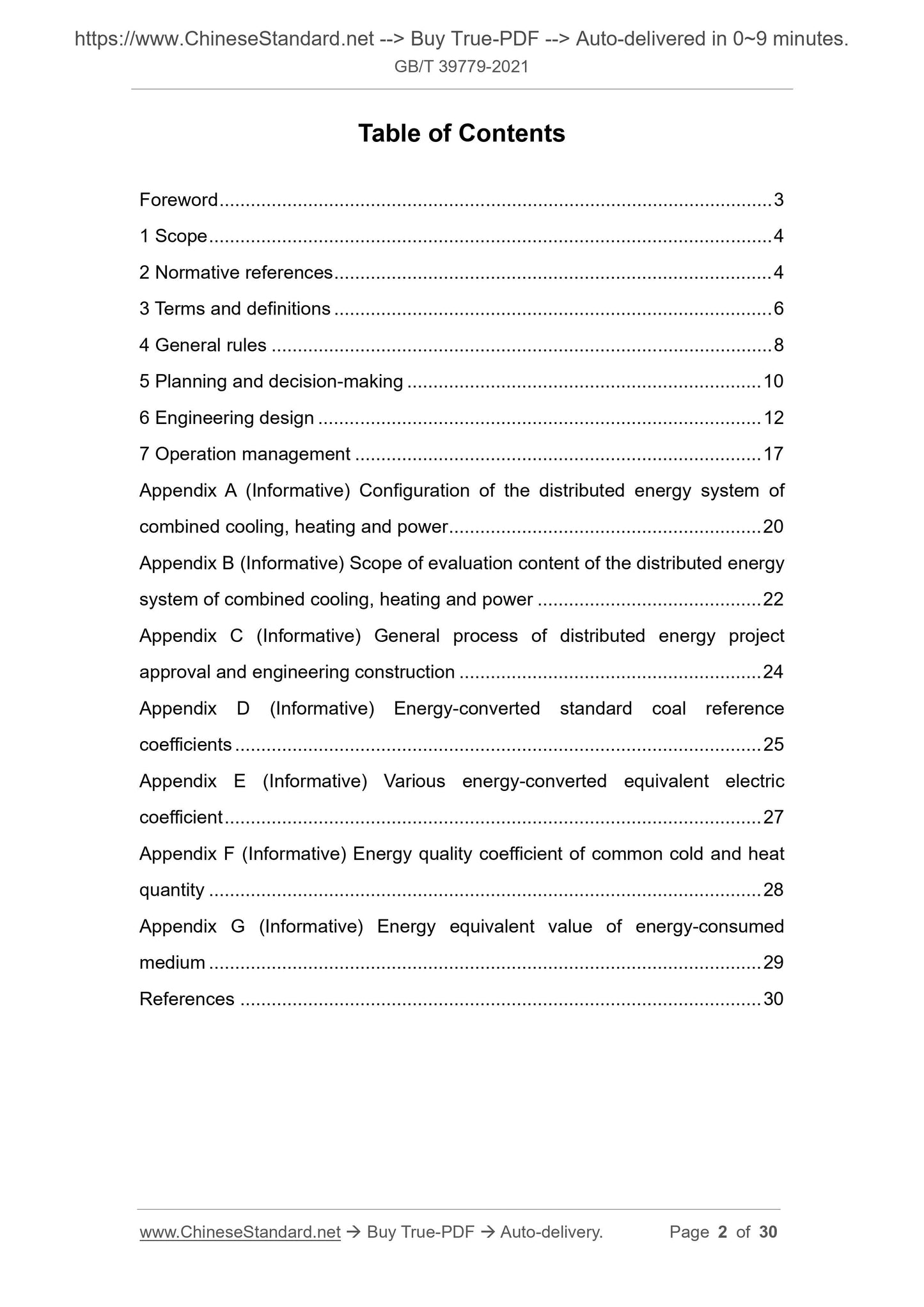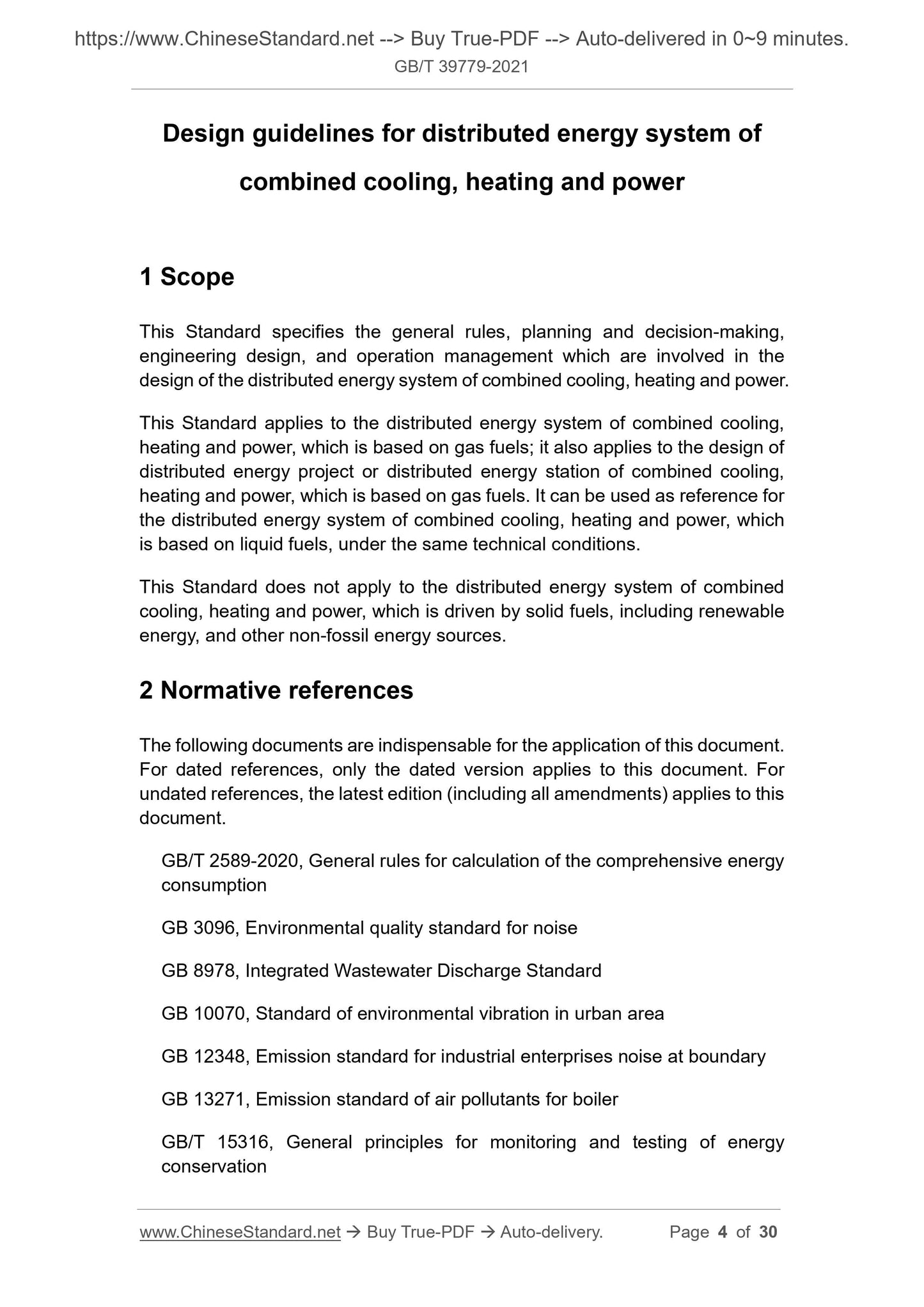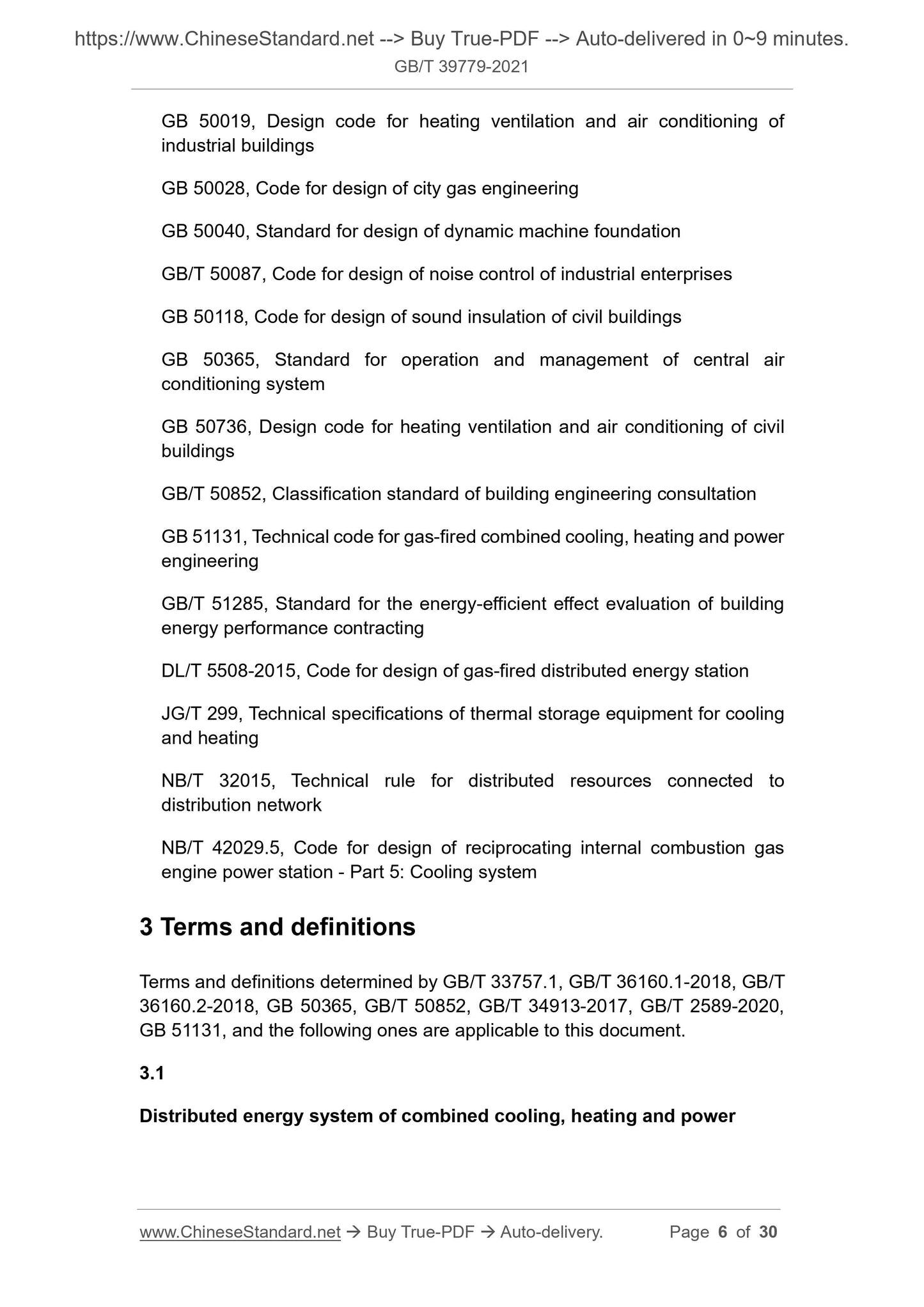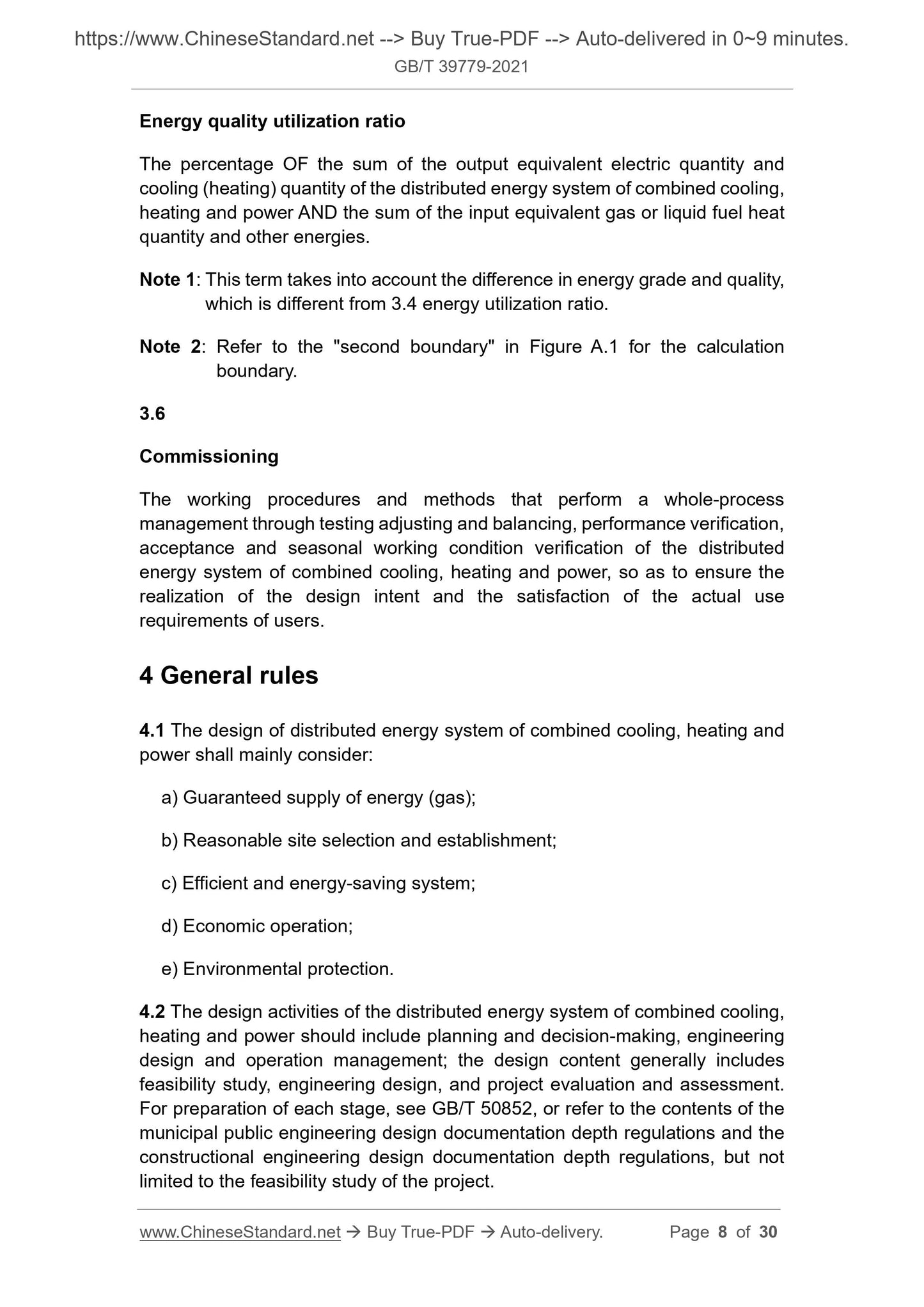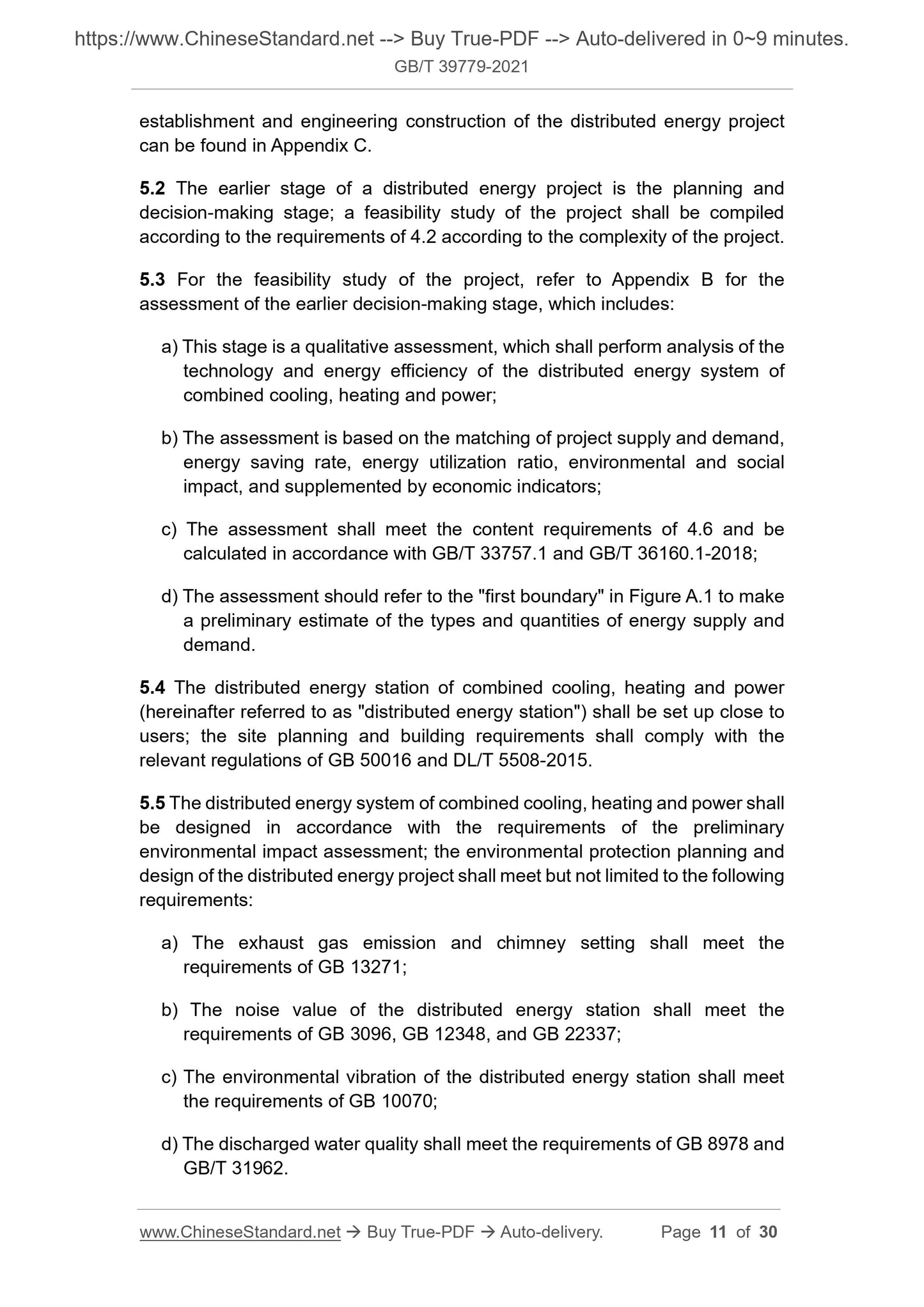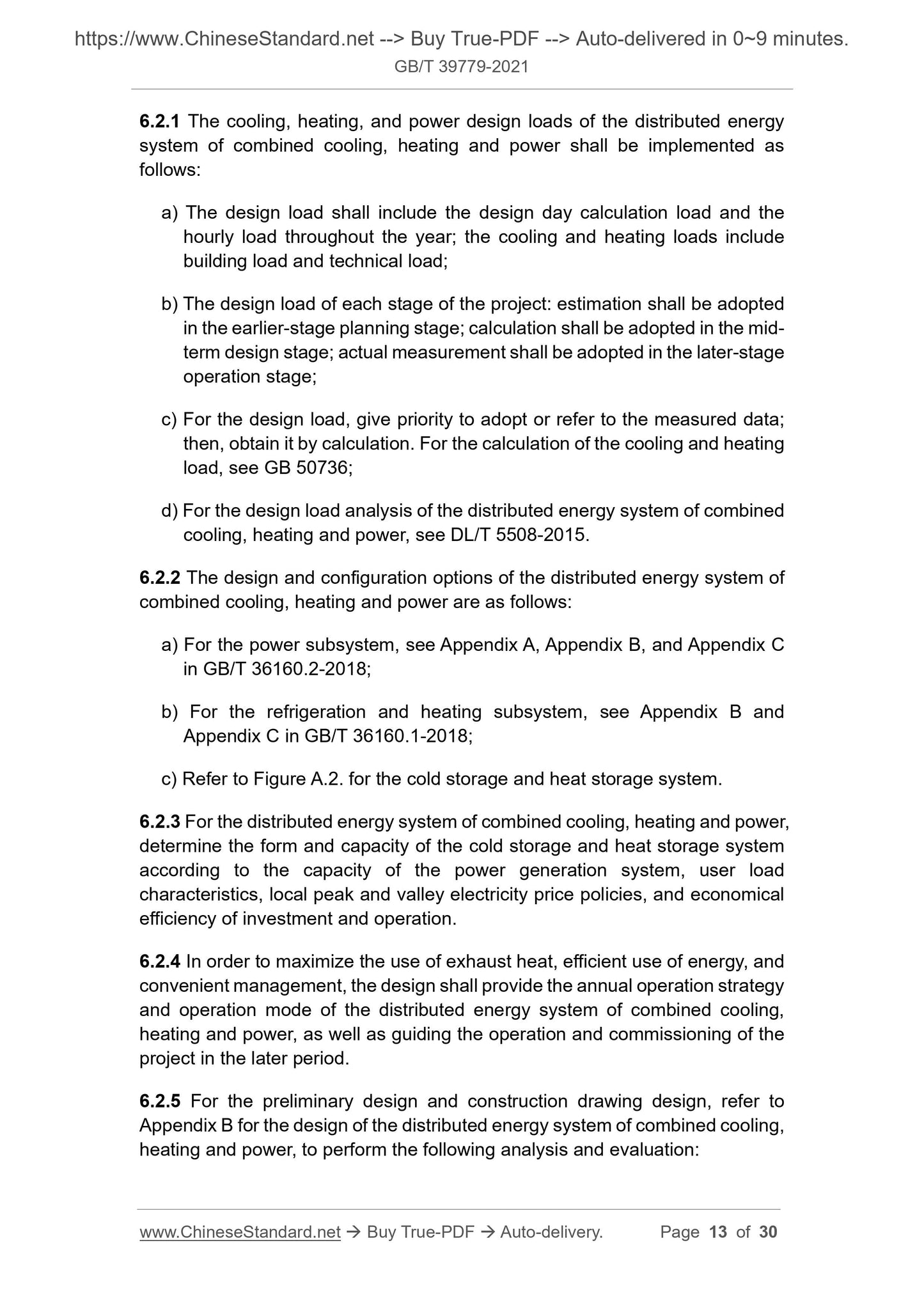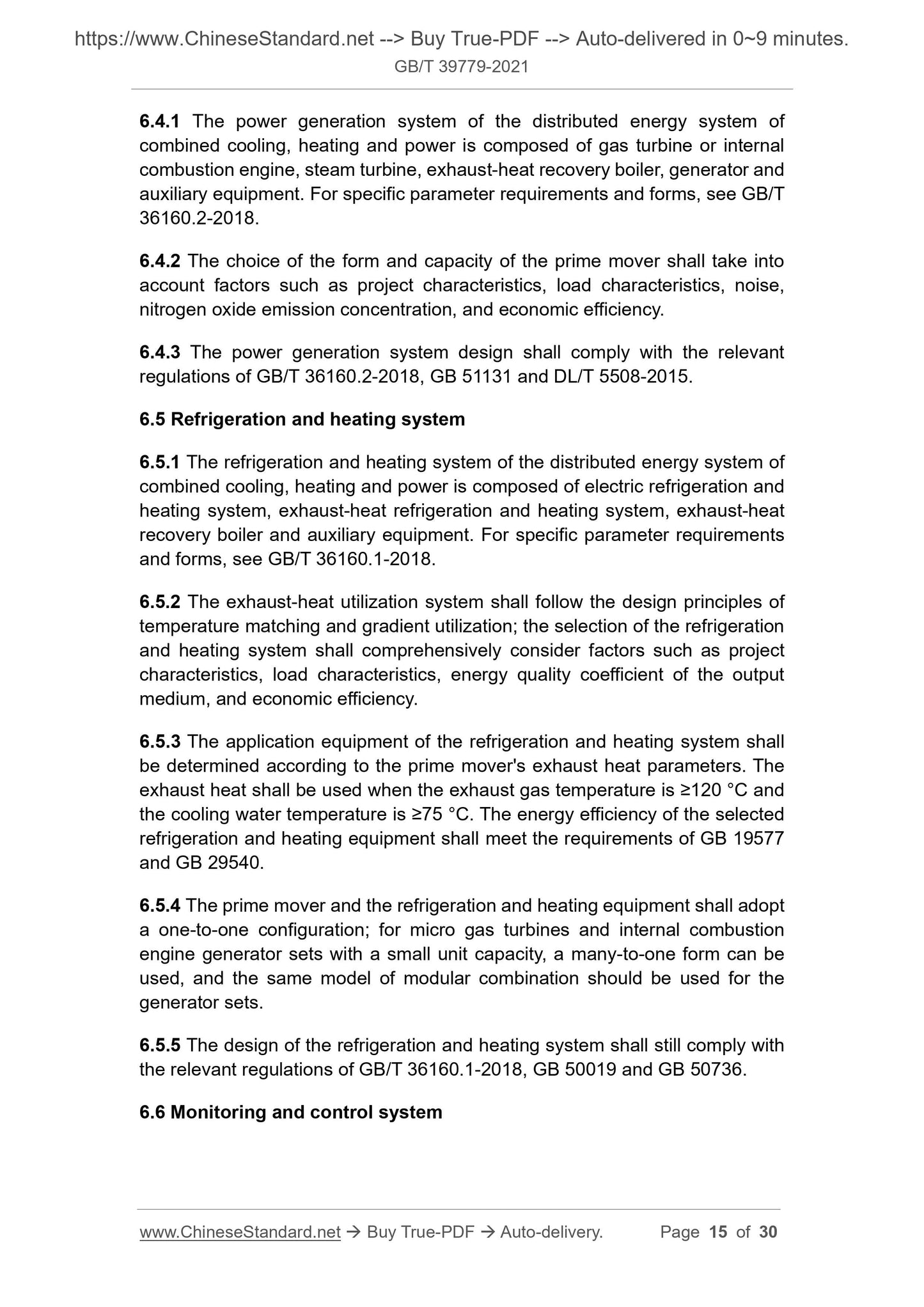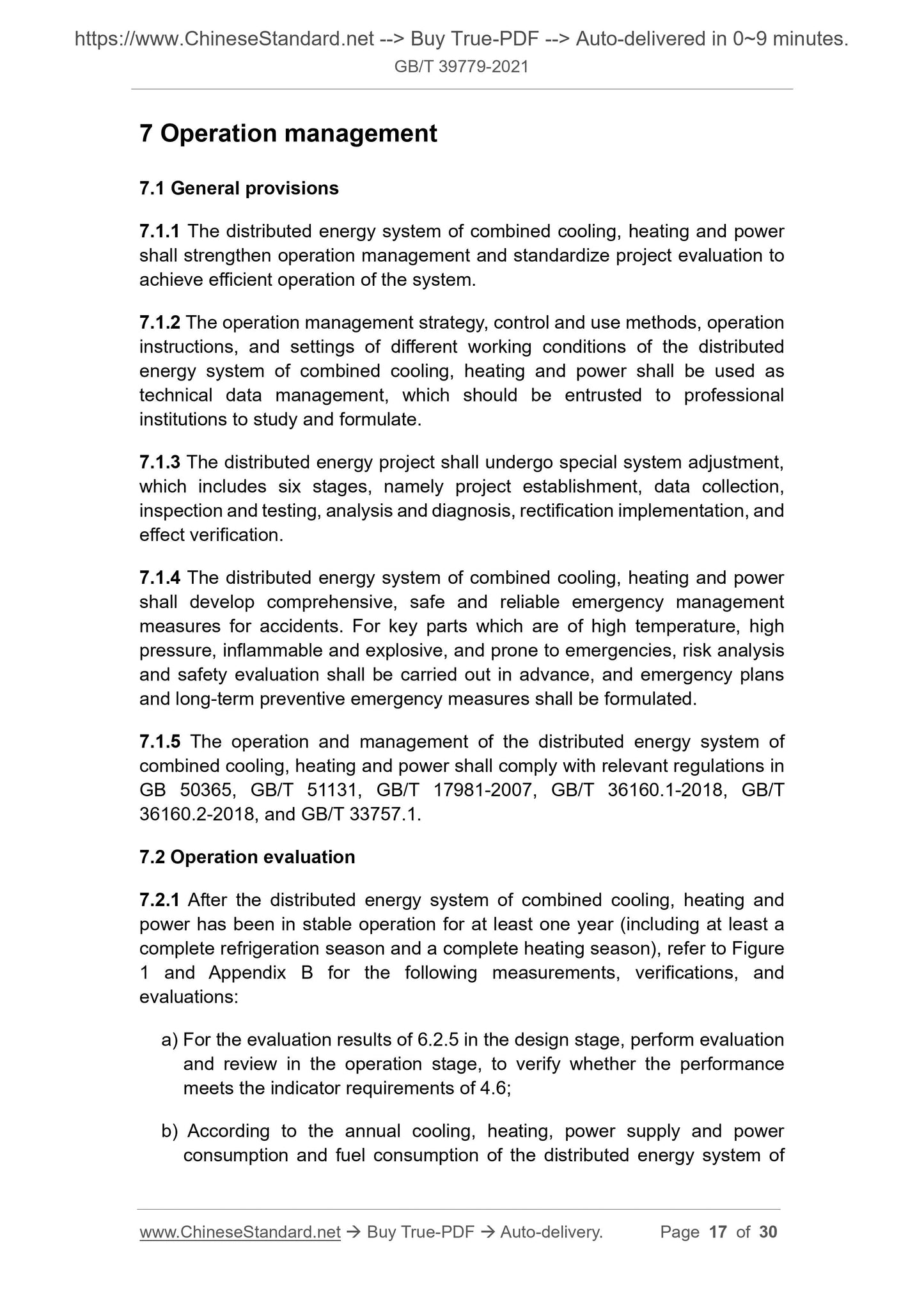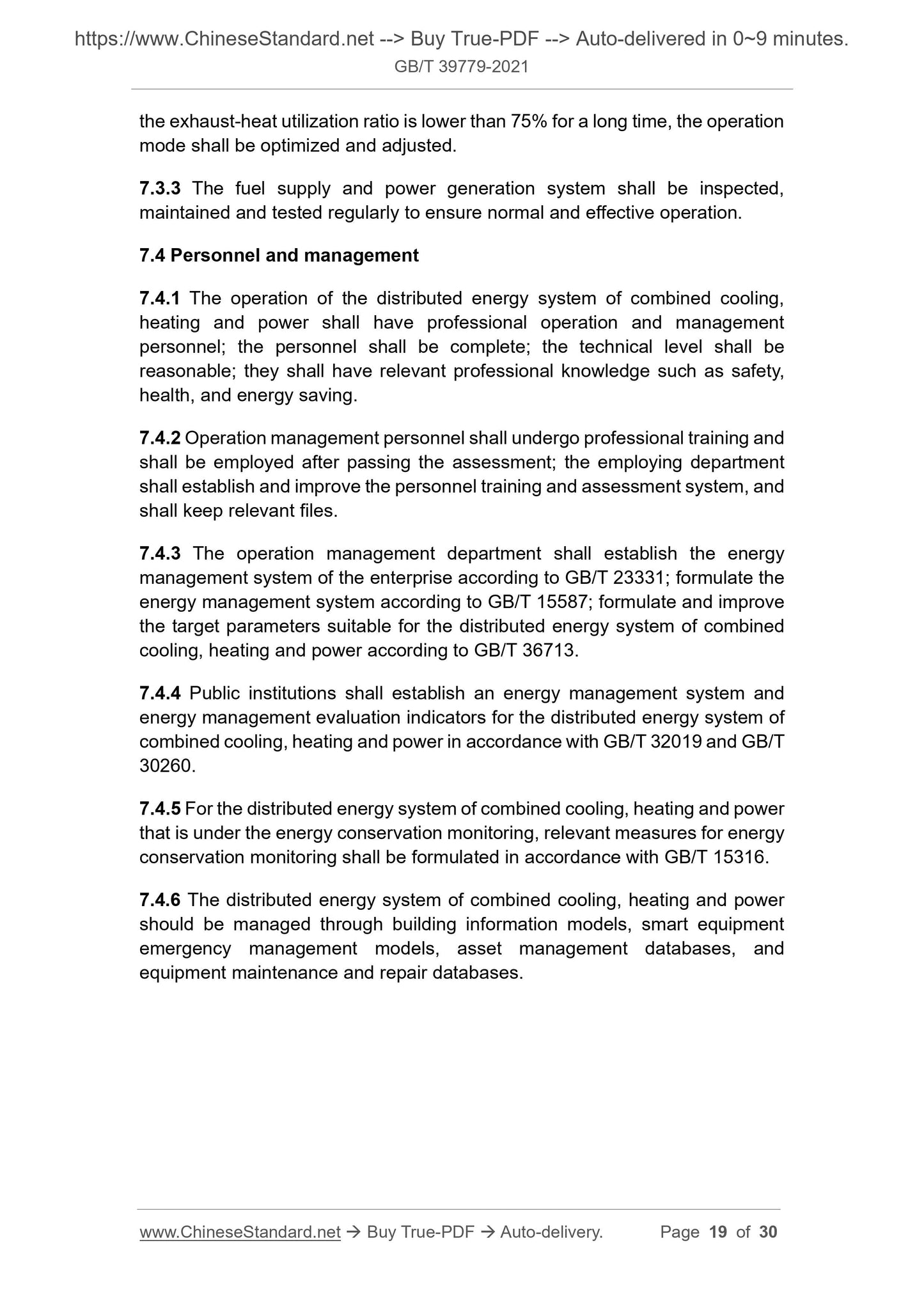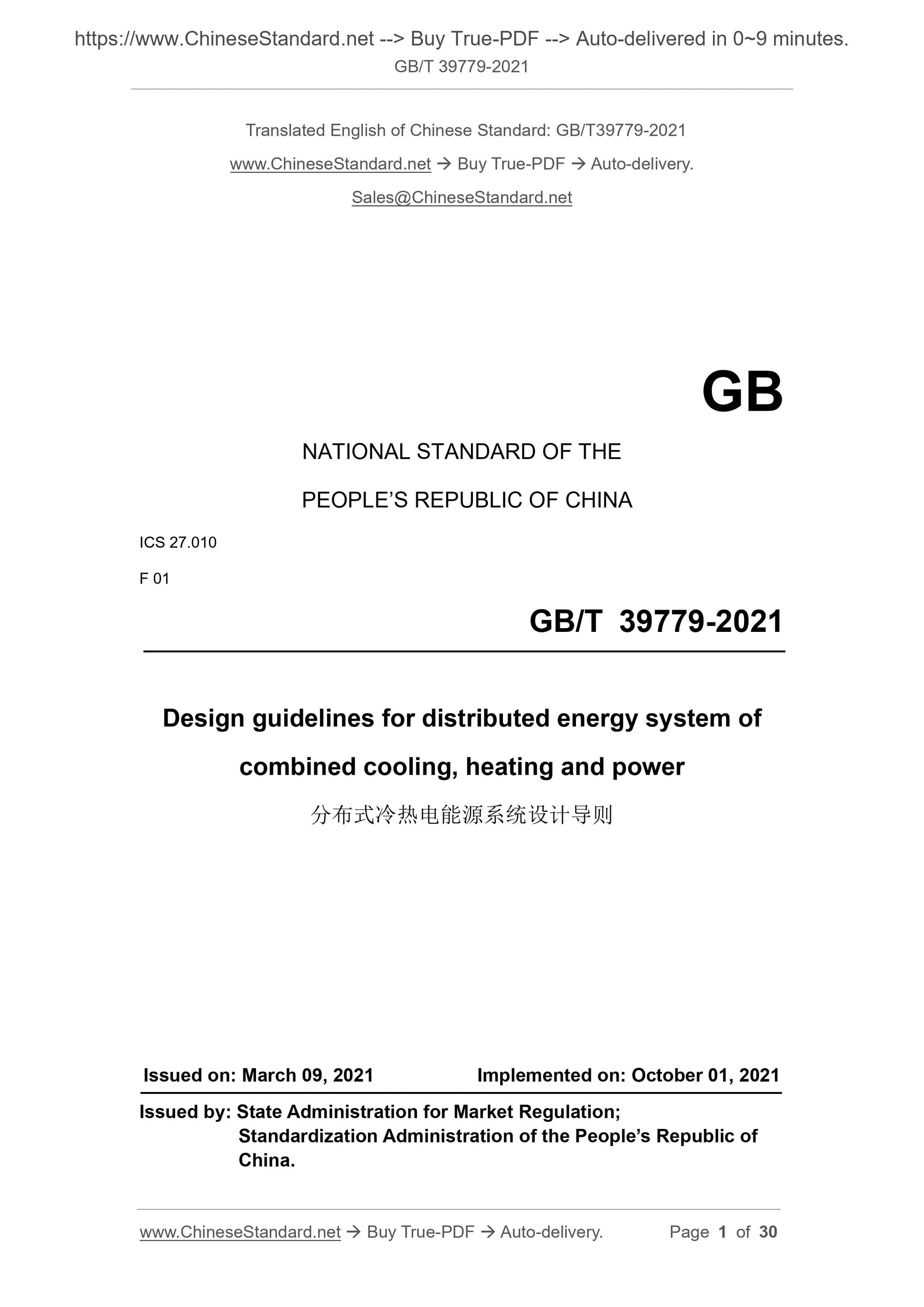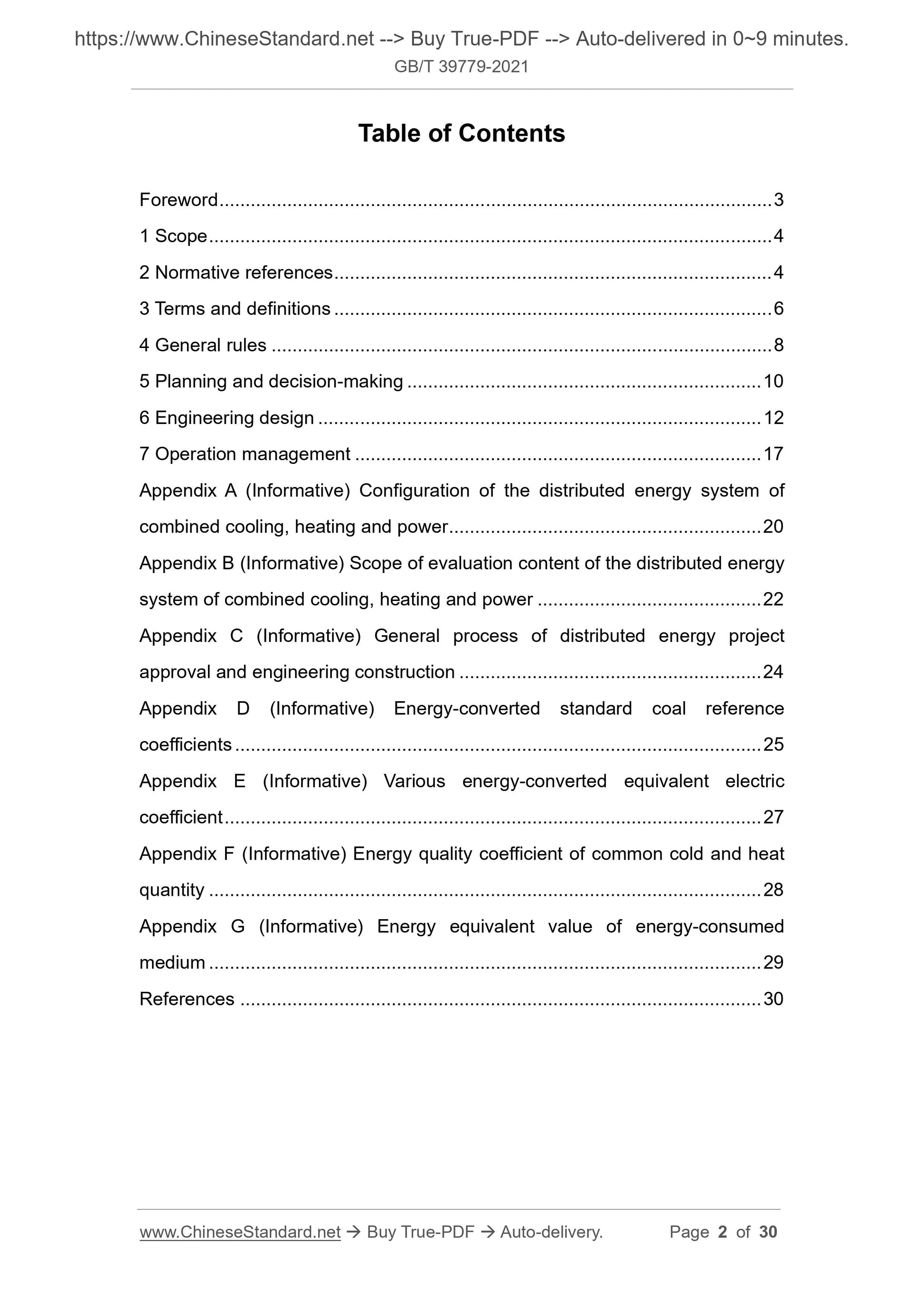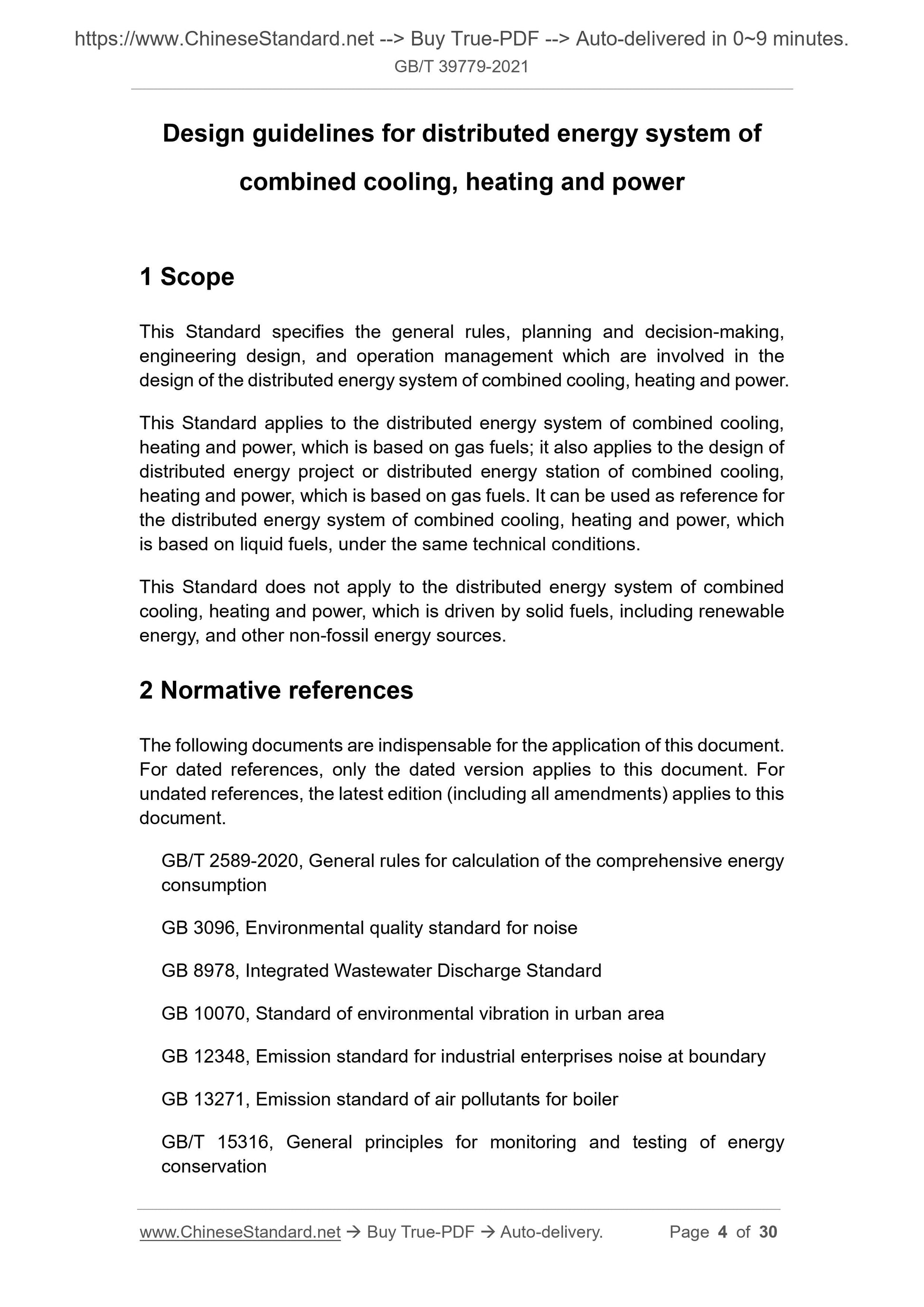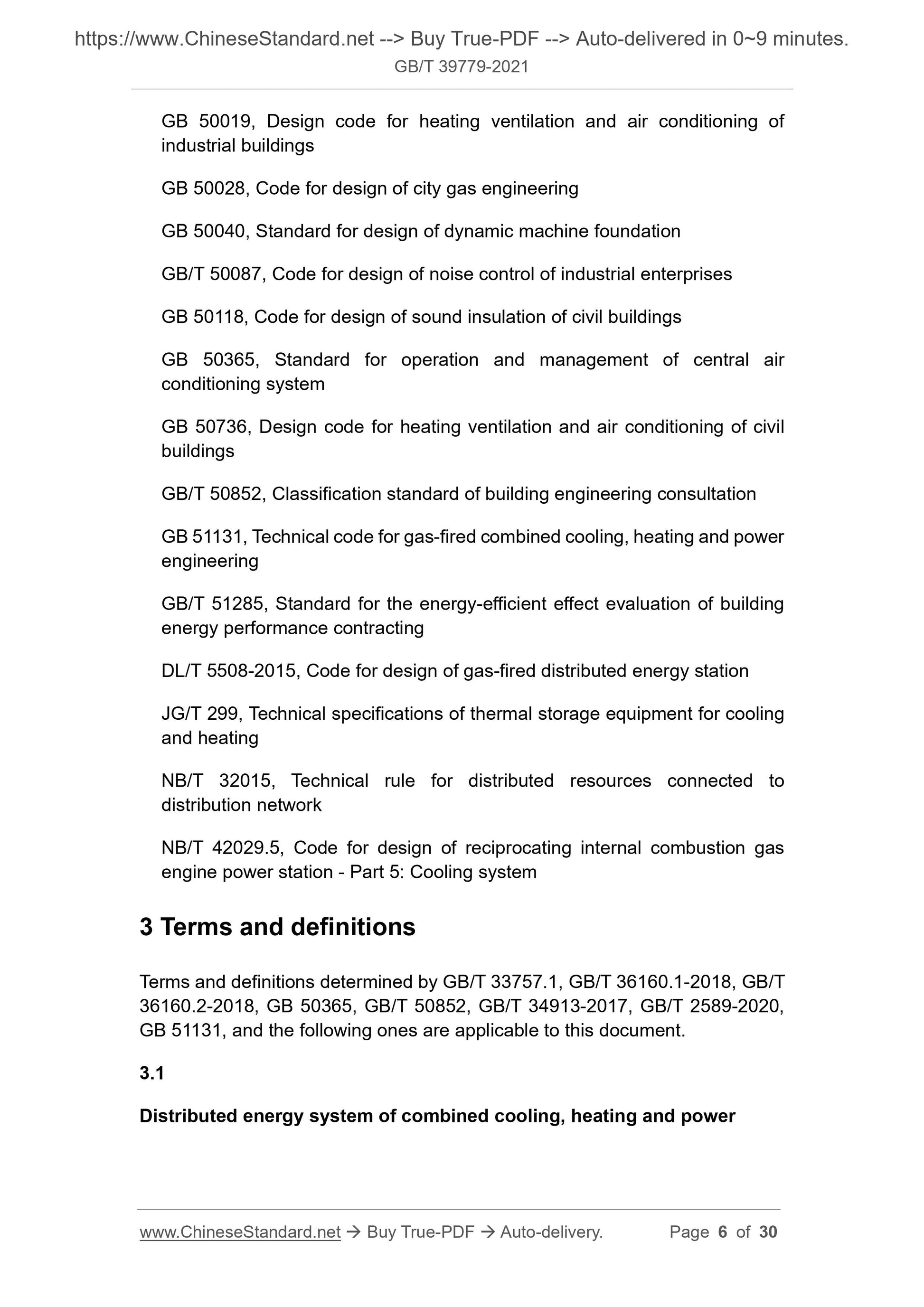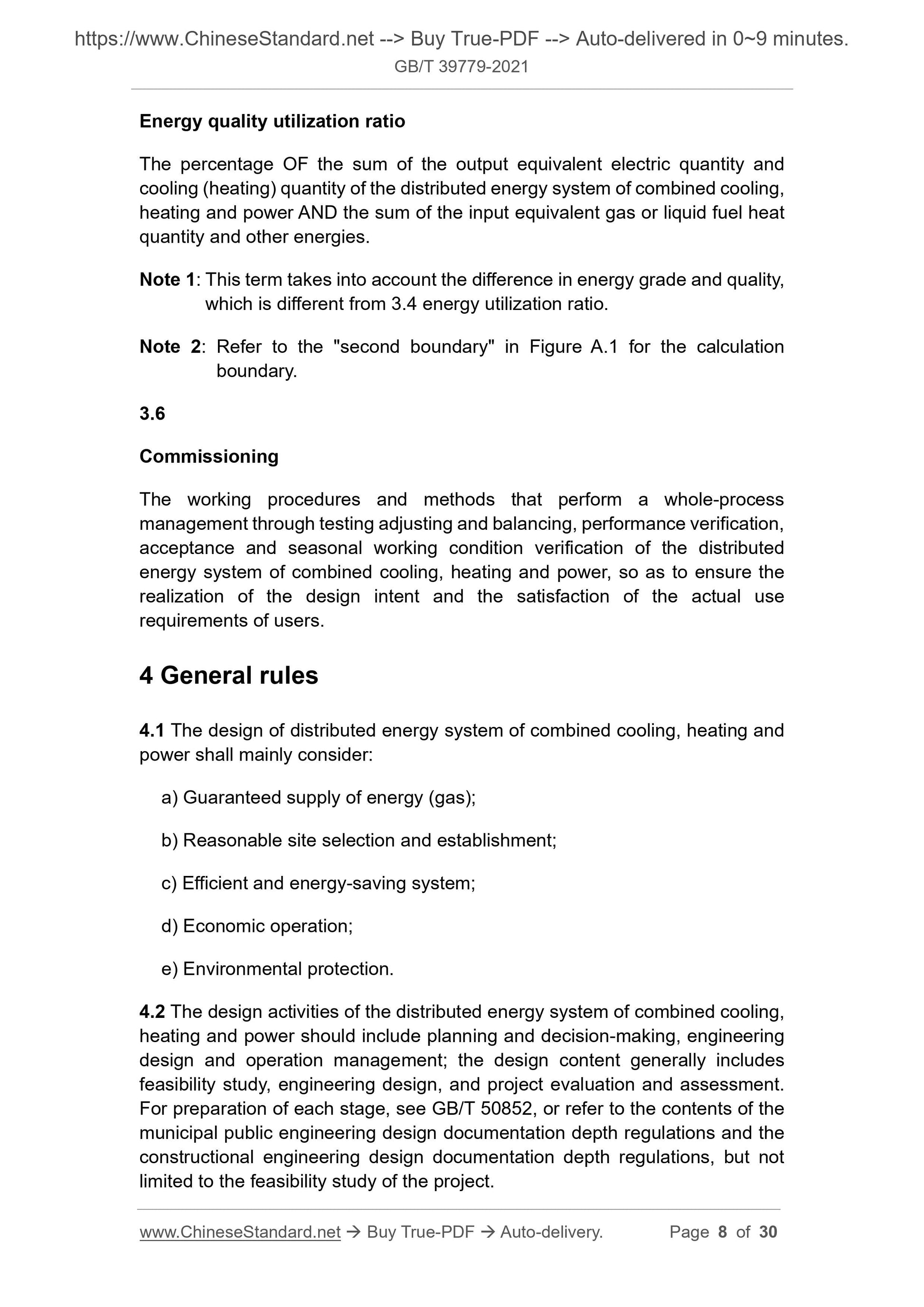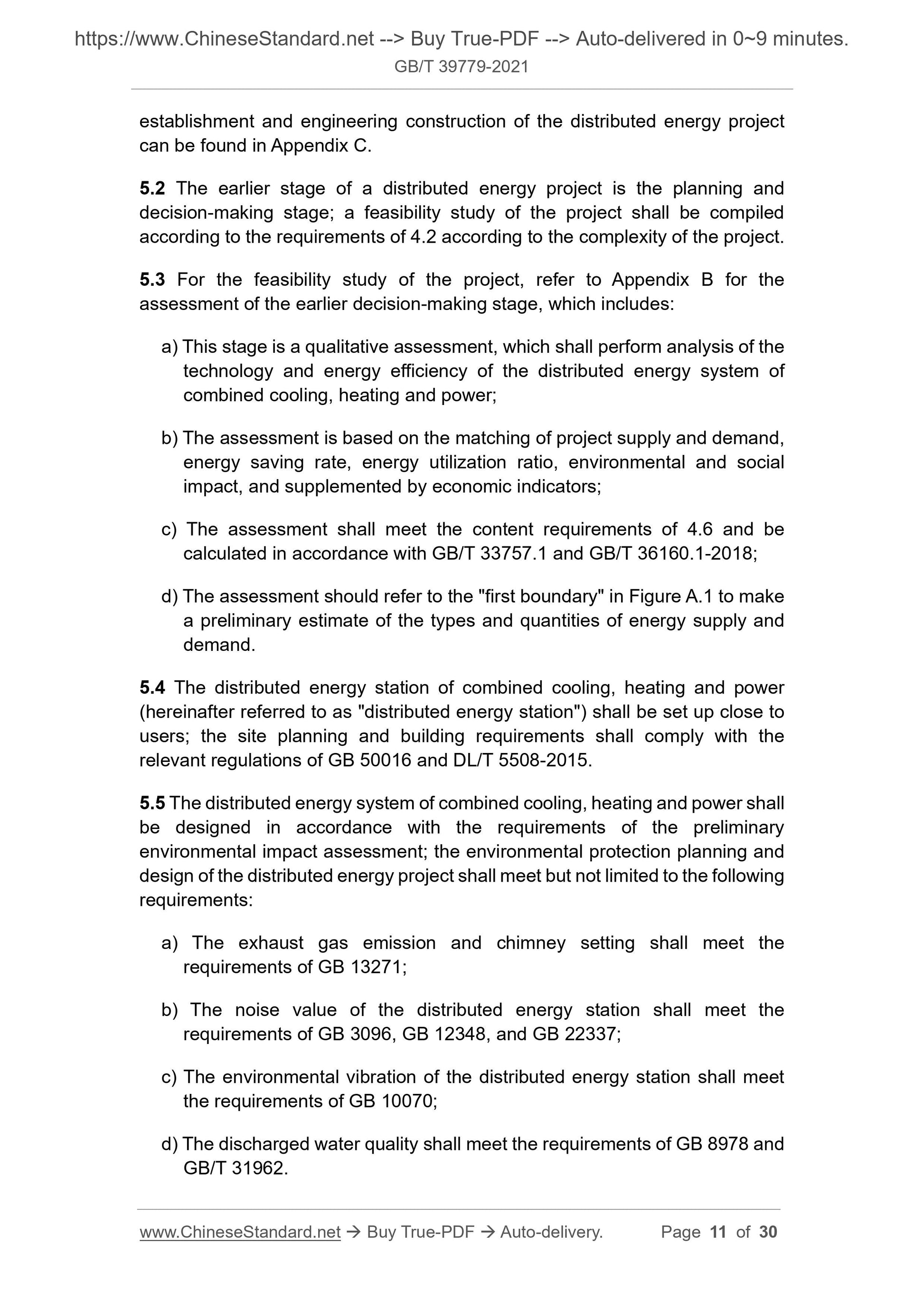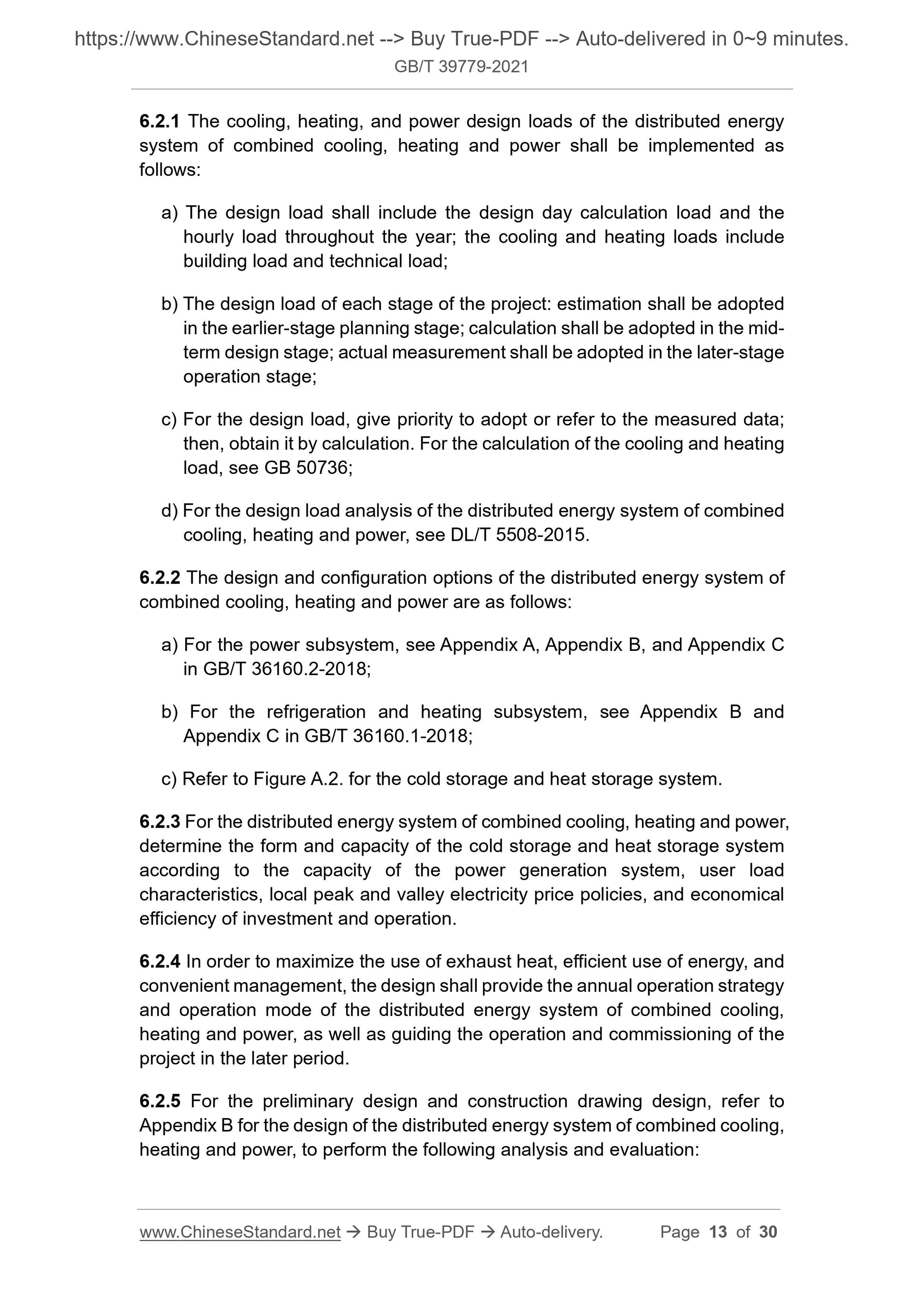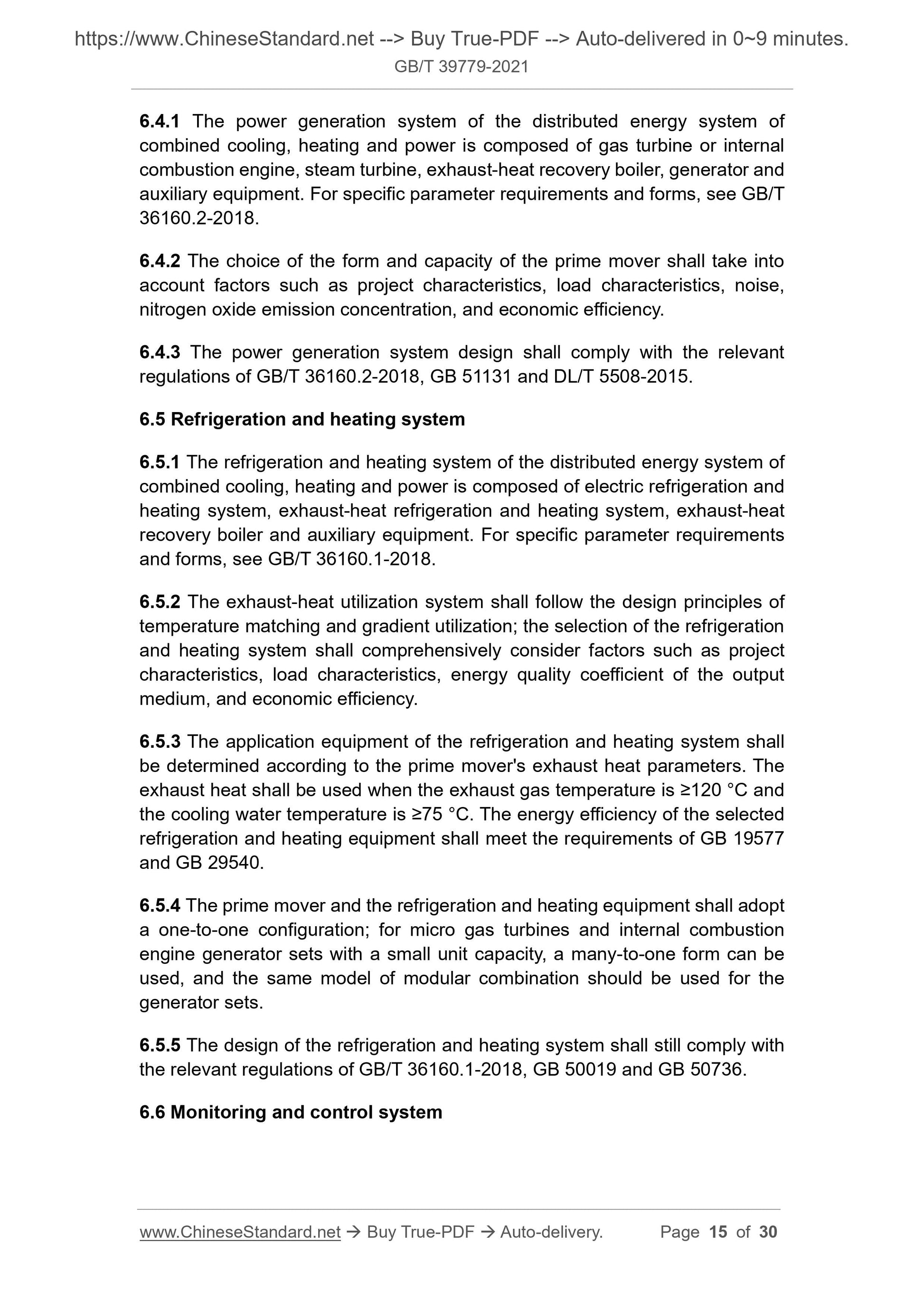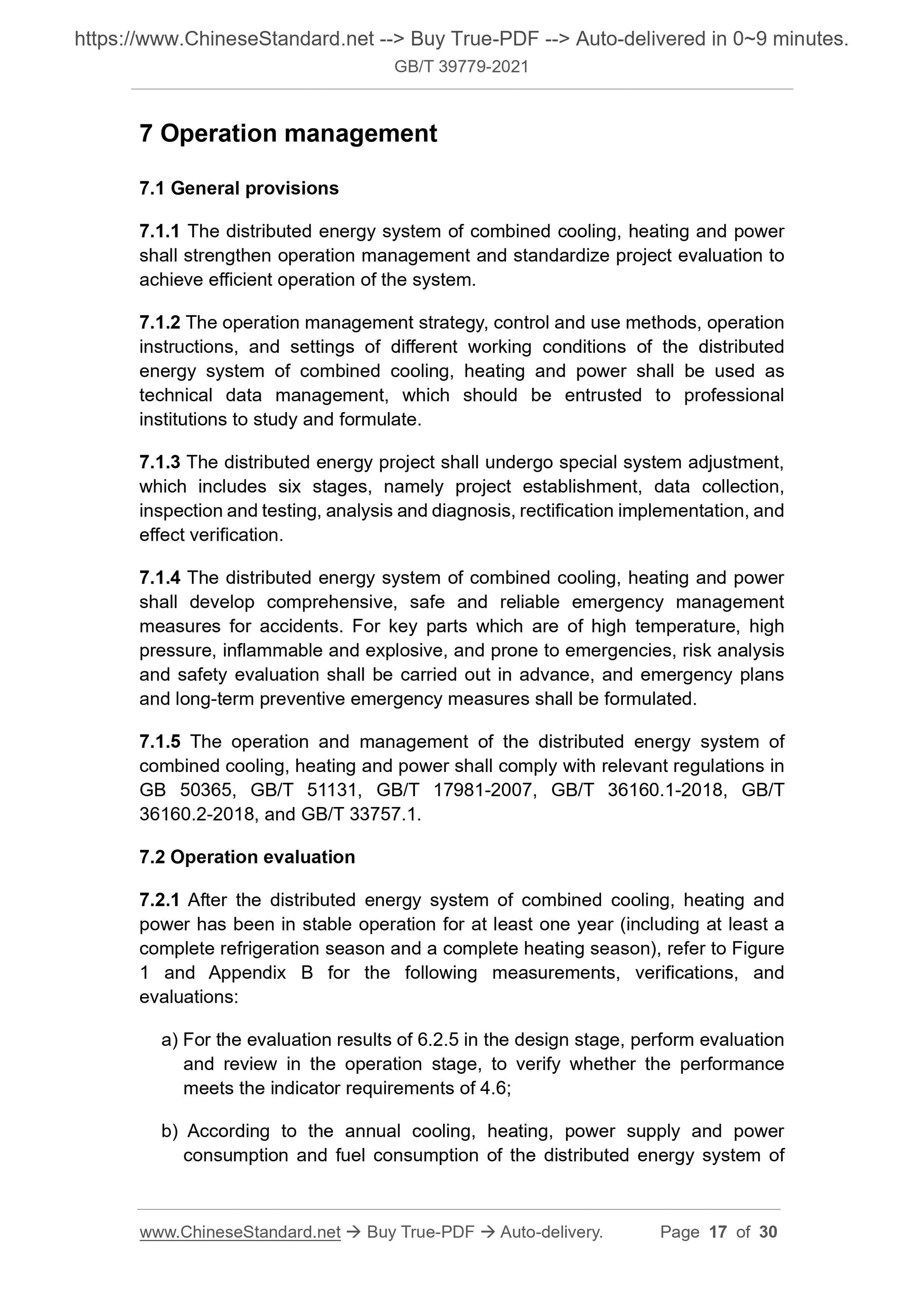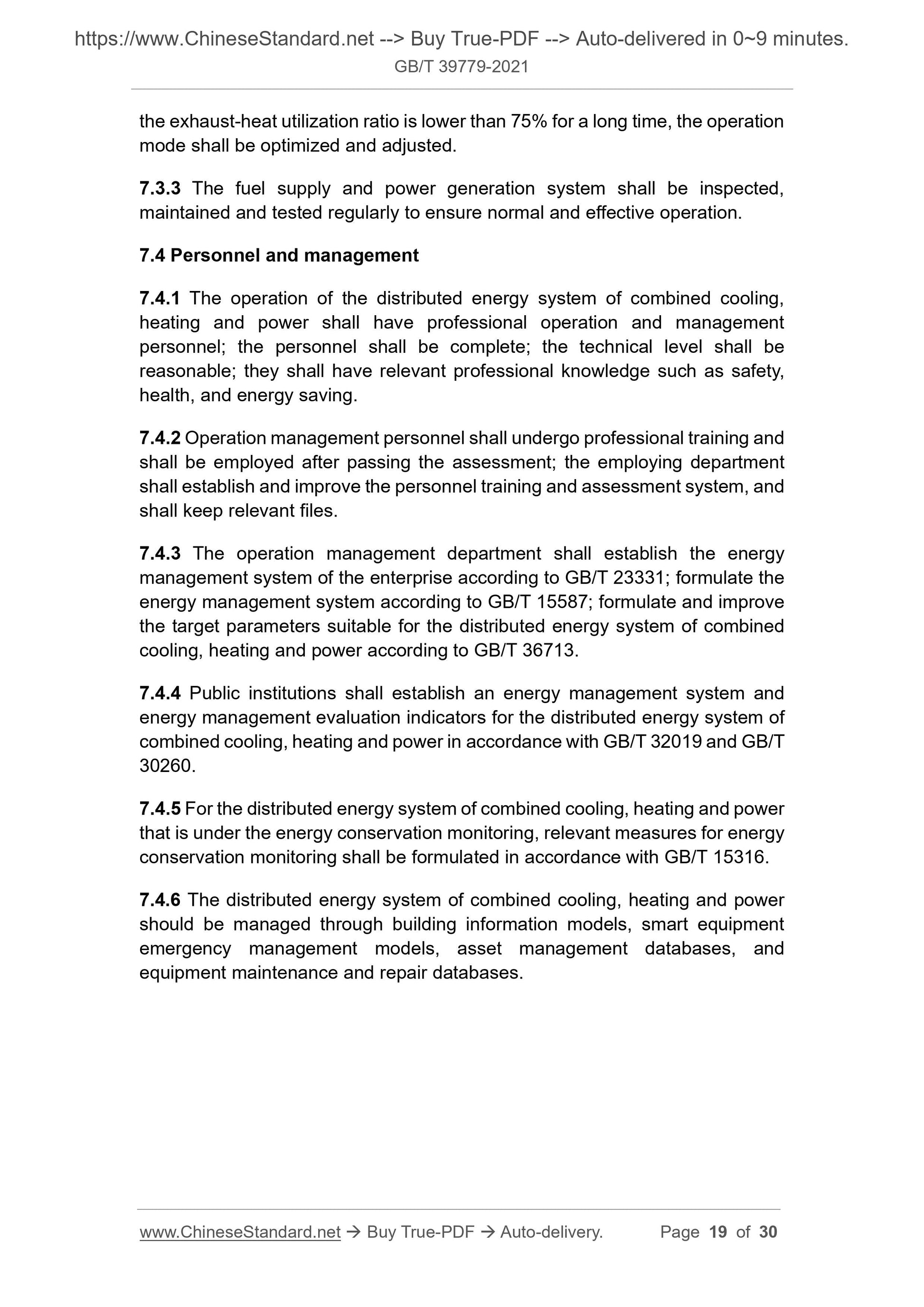1
/
of
10
www.ChineseStandard.us -- Field Test Asia Pte. Ltd.
GB/T 39779-2021 English PDF (GB/T39779-2021)
GB/T 39779-2021 English PDF (GB/T39779-2021)
Regular price
$325.00
Regular price
Sale price
$325.00
Unit price
/
per
Shipping calculated at checkout.
Couldn't load pickup availability
GB/T 39779-2021: Design guidelines for distributed energy system of combined cooling, heating and power
Delivery: 9 seconds. Download (and Email) true-PDF + Invoice.Get Quotation: Click GB/T 39779-2021 (Self-service in 1-minute)
Newer / historical versions: GB/T 39779-2021
Preview True-PDF
Scope
This Standard specifies the general rules, planning and decision-making,engineering design, and operation management which are involved in the
design of the distributed energy system of combined cooling, heating and power.
This Standard applies to the distributed energy system of combined cooling,
heating and power, which is based on gas fuels; it also applies to the design of
distributed energy project or distributed energy station of combined cooling,
heating and power, which is based on gas fuels. It can be used as reference for
the distributed energy system of combined cooling, heating and power, which
is based on liquid fuels, under the same technical conditions.
This Standard does not apply to the distributed energy system of combined
cooling, heating and power, which is driven by solid fuels, including renewable
energy, and other non-fossil energy sources.
Basic Data
| Standard ID | GB/T 39779-2021 (GB/T39779-2021) |
| Description (Translated English) | Design guidelines for distributed energy system of combined cooling, heating and power |
| Sector / Industry | National Standard (Recommended) |
| Classification of Chinese Standard | F01 |
| Word Count Estimation | 22,284 |
| Issuing agency(ies) | State Administration for Market Regulation, China National Standardization Administration |
Share
